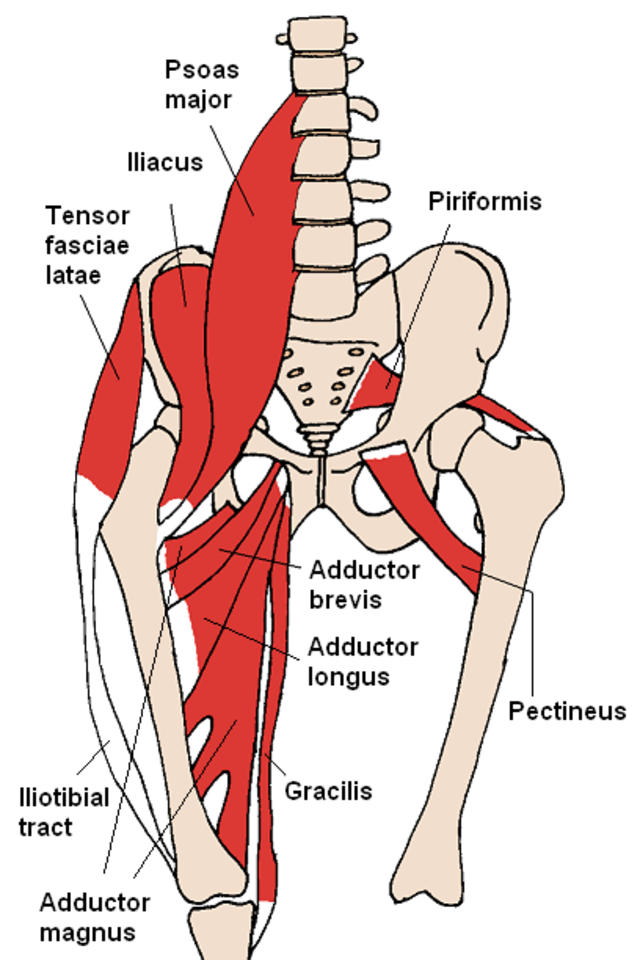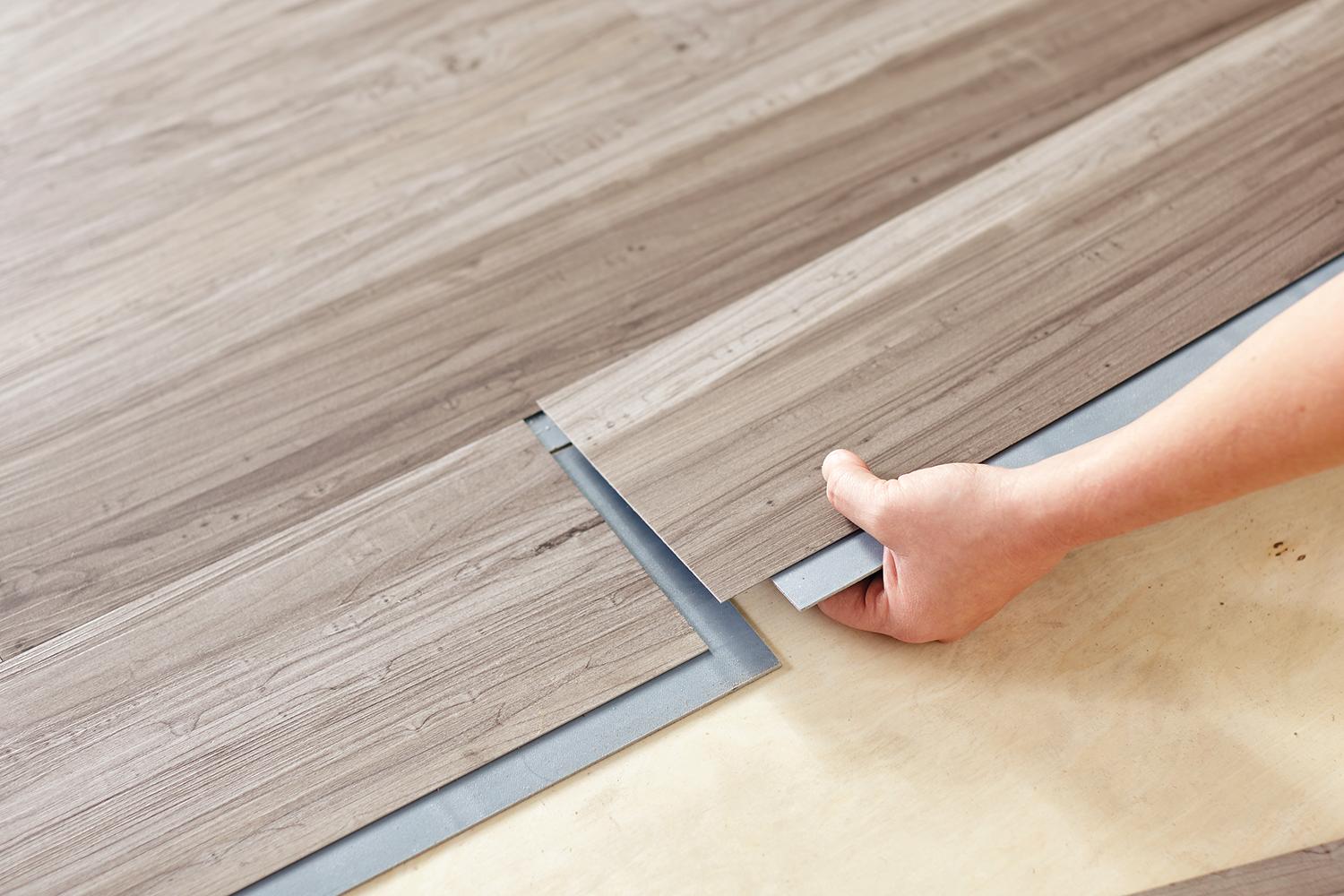Running for dancers: Getting started
/I'll warn you in advance: running is addicting. But not all things addicting are evil. I get a case of running-envy when I see people jogging when I drive lazily and effortlessly around Chicago. My preferred method of sight-seeing while traveling to a new city is jog-xploring. I often regret that I don't carry my running shoes around with me all the time, in case the sudden craving to run pops up.
But before I became a running addict, I was definitely a hater. Why would anyone run, ever? Seriously. We invented the wheel and combustion engine for a reason.
Here is a short check list detailing the steps of how dancers like us can get into the hobby, and eventually the habit, of running.
1. Invest in a good pair of running shoes.
Shoes all have a unique purpose. You wear dress shoes for formal occasions, you wear tap shoes to tap, you slip into Crocs never, and you SHOULD absolutely wear specially designed running shoes for running. Not just athletic sneakers either. Good running shoes should fit well all across the entire foot, should be shock absorbent, and should flex easily to allow for smoother foot motions - among other characteristics.
I would say that finding the right running shoes is one of the most important things you can do for your body. Dancer bodies are always getting injured, and you can minimize some very nasty long term injuries by finding the right type of shoe for your individual physiology. Bad shoes could exacerbate lower back pain, reignite an old knee injury, or lay the groundwork for plantar fasciitis pain in the heel.
Just a heads up though: They will cost you quite a bit of money. My pair of Nike Lunarglide 9s set me back about 120. Think of them as an investment in your body over the long term. Save up, buy a solid pair, and they will take you hundreds of miles while minimizing wear and tear on your irreplaceable body.
2. Hydrate yourself.
The first time you go for a jog, you will feel like death. Actually, death would be a welcome reprieve from the agony of your heart pounding up into your throat and your lungs burning with each breath.
Being two-thirds water, your body needs a steady supply of H20 to transport vitamins and minerals into your cells while washing away toxic byproducts and waste. Without the proper water levels in your body, you could experience muscle cramps, headaches, and even exhaustion or heat stroke for the overly dramatic. Exercise physiologists say that a 2% loss of body weight through dehydration is enough to negatively impact your performance.
As a rough estimate, aim for drinking 8-16 ounces of water about an hour before your run, and about 4 more ounces before you start. Alternatively, try a water bottle waist pack to stay hydrated during your run.
3. Get a fitness tracker or download an app.
While secondary peripherals like FitBit are wildly in vogue right now, any location-enabled smartphone will be able to serve a nearly identical purpose at no additional cost. I've used apps such as Runtastic and Nike+, both of which get the job done - for free.
The appeal of these trackers / apps is that they provide feedback on your workout. At the end of each of your runs, you will get the basic information about how you performed: time spent running, average speed, total miles traveled through all workouts combined, calories burned, and other various measures.
Keeping an eye on these statistics over time to see how they improve fills me disproportionately with excitement. Over time, you'll follow numbers like "total miles ran" and when that number hits that triple digit mark, it's immensely satisfying - and is also a great beginners goal for anyone who wants to start running. (If graphs like these please you, you might be a data nerd like myself.)
4. Now here's the easy part: Just go run.
If you have a gym membership already, fire up a treadmill and do a half mile. Alternatively, go outside, turn on your GPS and run down the road a quarter mile, take a breather, then head back home. And if you get tired, stop if you want to, or push through if you want to. Whatever. It's your first day of running. You don't have to go far, you don't have to go fast, and you don't even have to look cool doing it. But you do have to start somewhere, and starting at the bottom is a fine place for your first run.
5. Brag about it.
Share your results on Facebook, Google+, Xanga, or whatever social media platform you have as your homepage. Will your friends get annoyed with your frequent shares? NO - your friends will see that you are starting down the path to achieving your goals, and they'll click that "Like" button and hit you with some words of encouragement. Your casual acquaintances and frenemies however: Yes, they will be annoyed. As the saying goes, "They hate us cuz they ain't us."
6. Now you can rest.
Stretch everything out. You're gonna feel sore the next morning anyway, even more sore than after an intense dance class - and that's expected. Dance uses a wide variety of muscles in different orders, directions, timings, etc. On the other hand, running is the exact same motion performed repetitively. Dancers with proficiency in the most athletically demanding styles may have already built up the endurance to push through a mile or two on their first run. But still, dance training won't prepare you for the post-running soreness in the thighs, glutes, calves, and sometimes even the intercostals: those little muscles in between your ribs that you didn't know existed until you started running.
Take a few days off, rest your muscles, then hit the road later on in the week. Most fitness tracking apps are great about making you feel accomplished when you first start running: You'll see that "New record broken!" notification pop up each time you run for the first 3-6 months. Hit that share button while those running endorphins are still pumping through your veins!
I'd love to hear your experiences getting started with running. Comment below with how your first run went.
More about running!





















